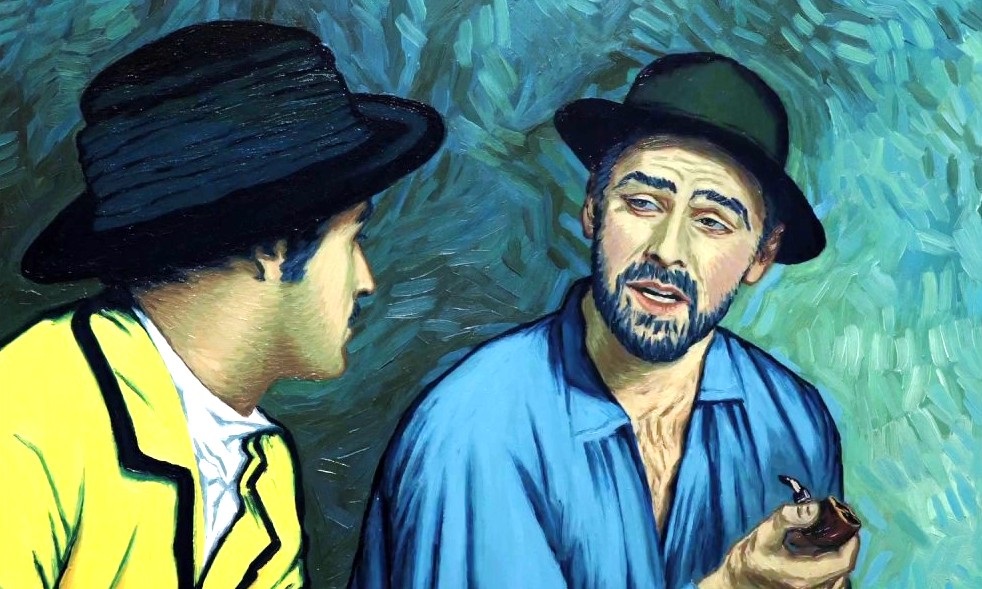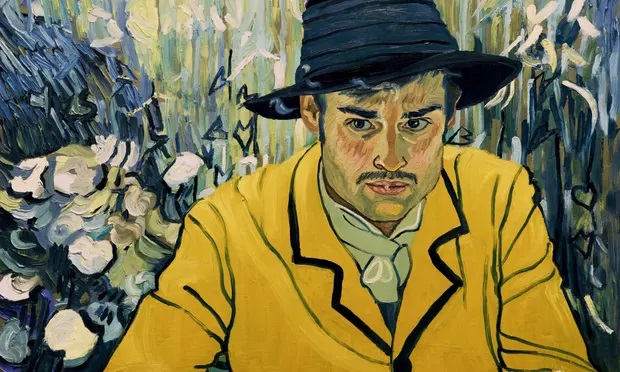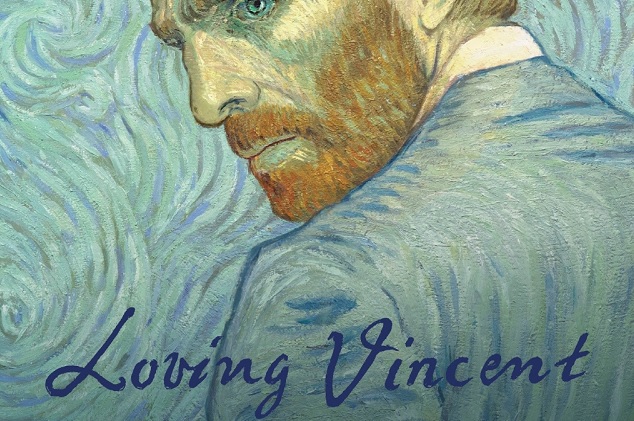Millions of content are available about Vincent Van Gogh on Google, his legacy as a painter and insane, a lover and troubled man, and his suicide. The entire world celebrates his yellowish room, paddy field, crows, men, and women on the shore. Van Gogh is a highly prolific artist in the history of Western art; 2100 plus works within a decade, including landscapes, still life, portraits, and self-portraits.
Van Gogh’s paintings bring the drama of colours in an influential way, yet impulsive and expressive brushstrokes allow him to carry his endless gift, and he never sold any of the works in his lifetime. The world lets him die in poverty and illness, and after the suicide, the world celebrates his life and work.
There are a lot of materials that are available about the life and death of Van Gogh, and an animated movie, Loving Vincent, directed by Dorota Kobiela and Hugh Welchman, celebrates his abstract- yellowish gloomy landscapes, gives an impression of an artist’s life, and mainly his death. Loving Vincent is an experimental, animated movie and the first fully painted film; after exploring the methods and the artist’s story through his notes, 65,000 Frames is an oil painting on canvas, employing the exact techniques as Van Gogh by a crew of 125 artists drawn from worldwide.
Animated Beauty of Van Gogh

As we know, the beauty of Van Gogh’s painting is exquisite because of the colour he used and the way that colour is harmonised on canvas with subjects. Starry Nights or Sunflowers, Wheatfield With Crows or Bedroom in Arles, The Night Cafe or any other paintings, Van Gogh gives us a glimpse of the beauty of colour, the nature of the human mind, and the style of a genius.
This animated movie goes beyond the life and beauty of an artist who brings the majestic scenery from a landscape that simultaneously houses and abandons the artist. This movie uses the animation possibility to pursue the artist closely, his turmoil and genius, a tormented man from a painted world. Loving Vincent follows the last days of Van Gogh’s life; a self-inflicted gunshot is a tragic incident in Western art. In this movie, the postmaster questions a character because he knows Vincent very well through the postcards sent by Vincent and gets from Theo on an everyday basis. As he comments in this movie, the city people killed him, a poor, ill man, who died because human nature is not mature enough to carry a soul.
What is the real story of Van Gogh’s death? Did Van Gogh shoot himself, or did someone shoot him? This animation deliberately follows the new lead from the 2011 biography Steven Naifeh and Gregory White, which argued Van Gogh did not shoot himself and that a local bully, a 16-year-old, did that to him.

The forte is animation follows the facts and other details meticulously, creating a canvas the artist beautifully carves; people and events vanish as autumn leaves from the frames and come as blossoms; life in the night cafe is amazingly, lavishly depicted. In this movie, one of his old friends tells that, within eight years, Vincent travels from amateur to influential artists. Vincent spent a lot of time on the canvas to reach the peak of his mastery within a period, which carry his legacy into this time.
When we go through this fantastic dreamlike film, we feel the life lived by the great man who brings the stars into the canyon of fantasy. A lovely lady from the hotel remembered him as a great man, and as a painter, he was a well-organised man, one could set the watch by his time, like a regular job, he painted all the day, from Chapnval, the woods, the fields, the river.
People start to talk about Vincent in this movie. Everyone has their version of Van Gogh, as mentioned by the boatman, ‘even a thieving crow brightens up his day’. We may wonder why the old segment is featured in a monochrome format and filled with sorrow.
The guy came to inquire about Van Gogh’s walk through the landscape he painted, and that beauty is spread in the frames. The two layers of the film open the multi-layers that hide inside the tales of the grieving death of an artist.

Krispin Joseph PX, a poet and journalist, completed an MFA in art history and visual studies at the University of Hyderabad.






